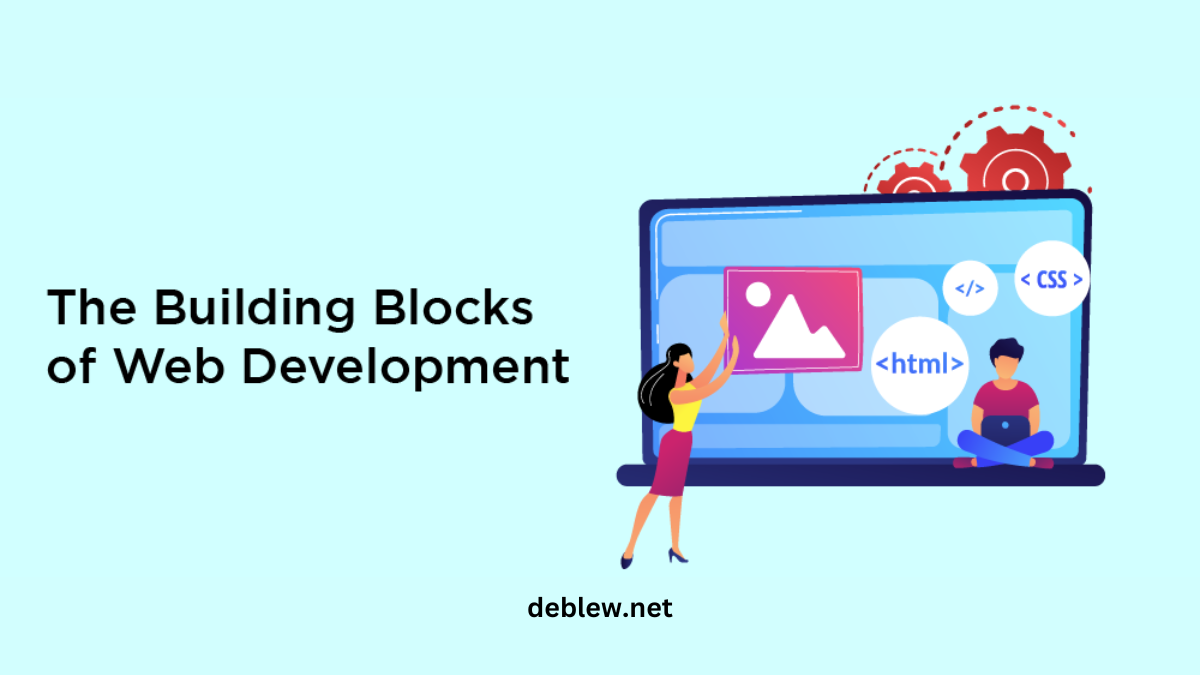Website Development: 3 Building Blocks
In today’s digital era, creating a website has become a fundamental skill for businesses and individuals. While the thought of developing a website can seem daunting to some, it essentially boils down to understanding and implementing three key building blocks.
Firstly, selecting a suitable domain name sets the tone for your online presence, with options ranging from free domain providers for beginners to more professional, paid services for a more polished look.
Secondly, the choice of a hosting service is critical – it’s the backbone that keeps your website accessible to the world, with a range of options from free, basic hosting to more robust, professional servers.
Lastly, a user-friendly and efficient Content Management System (CMS) is vital for seamless website management, with platforms like WordPress leading the charge.
Together, these components form the triad of essential elements in the website development journey.
Choosing the Right Domain Name
Importance of a Domain Name:
A domain name serves as the digital address of your website, akin to a physical address for a home. It’s crucial in establishing your online identity and branding.
Free vs. Paid Domain Names:
Free Domain Names:
Ideal for beginners and hobbyists, free domain names are a cost-effective way to start exploring web development. However, they often come with limitations in terms of branding and credibility. Freenom is a notable provider, offering extensions like “.tk”, and “.ml”.
Paid Domain Names:
These are essential for professional and commercial websites. They offer more customization, better branding, and improved search engine ranking potential. Services like Hostinger, NameCheap, and BlueHost provide diverse options with annual fees. The cost typically ranges from $3 to $20 per year, with variations based on the domain’s popularity and provider.
Selecting a Hosting Service
Function of Hosting Services:
Web hosting services store your website’s files and make them accessible to users online. It’s like renting space on a server which is continuously connected to the internet.
Types of Hosting Services:
Free Hosting Providers:
Suitable for testing and non-commercial projects, but often come with speed, uptime, and resource limitations. Examples include InfinityFree and AwardSpace, known for their slow speeds and limited storage/bandwidth.
Professional Hosting Services:
These services offer faster speeds, better reliability, and additional features like SSL security, daily backups, and support. They are essential for businesses and professional websites. Notable providers include Hostinger, NameCheap, and BlueHost, each with its unique strengths in terms of cost, performance, and additional services.
Using a Content Management System (CMS)
Role of CMS in Web Development:
A CMS is like the operating system for your website. It allows you to manage content, design, and functionality without needing extensive coding knowledge. It’s a crucial tool for building and maintaining a website efficiently.
Popular CMS Options:
WordPress: Dominating the market, WordPress is renowned for its ease of use, flexibility, and vast library of themes and plugins. It’s suitable for a wide range of websites, from simple blogs to complex e-commerce sites.
Other CMS Platforms: Joomla and PrestaShop are also popular, each with specific features catering to different requirements. Joomla is known for its robustness in handling complex sites, while PrestaShop is ideal for e-commerce websites.
Advantages of WordPress:
WordPress’s user-friendly dashboard, one-click installation, and widespread use make it an excellent choice for beginners and professionals alike. Its versatility and large support community are significant advantages.
Summary and Further Learning
To build a website, you need three key components: a domain name, a hosting service, and a CMS like WordPress. Each plays a unique role in creating and managing your website.
Resources for Learning: Exploring detailed guides and tutorials on platforms like Hostinger and WordPress can greatly assist in the website development process. Following digital marketing newsletters and social media channels can provide ongoing tips and updates.
Community and Support: Engaging with online communities, seeking feedback, and staying updated through social media platforms like Facebook, Twitter, Instagram, YouTube, and Pinterest can enrich your web development journey.








Hey, I’m Jack. Your blog is a game-changer! The content is insightful, well-researched, and always relevant. Great job!